Working at BGS as a postgraduate intern
Katie Williams, an environmental geochemistry masters student, shares her experience following a work placement in the Stable Isotope Facility.
15/06/2022 By BGS Press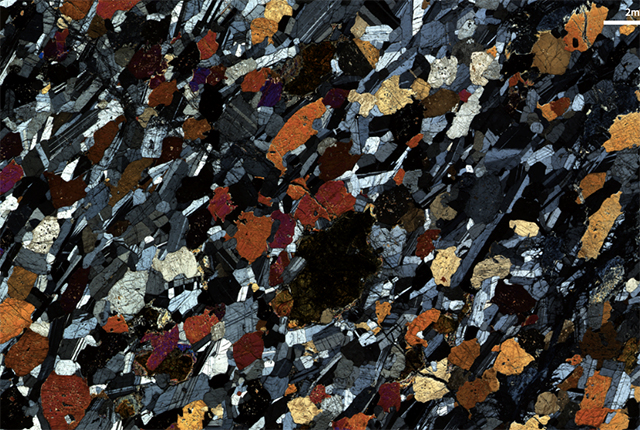
Recently I spent a few weeks with BGS on a work experience placement at their headquarters in Keyworth, Nottingham. As the placement was part of my MSc degree in environmental geochemistry at the University of Plymouth, I was mainly based in the Stable Isotope Facility, with my time split between sample preparation in the laboratory and understanding the sustainability projects in both the BGS laboratories and the wider organisation.
I was interested in gaining experience of working in the labs because of my dissertation on a petrological study of the layered and foliated gabbros found at the Oman ophiolite and their formation, which I undertook as part of my MSc. In the labs, I was able to experience preparation of both organic and inorganic samples ready for analysis using a mass spectrometer. Sample preparation involved lots of weighing, with samples coming from a wide variety of sources ranging from lake sediments to archaeological animal tooth enamel; some samples weighed less than 1 mg in mass (which is extremely small!)
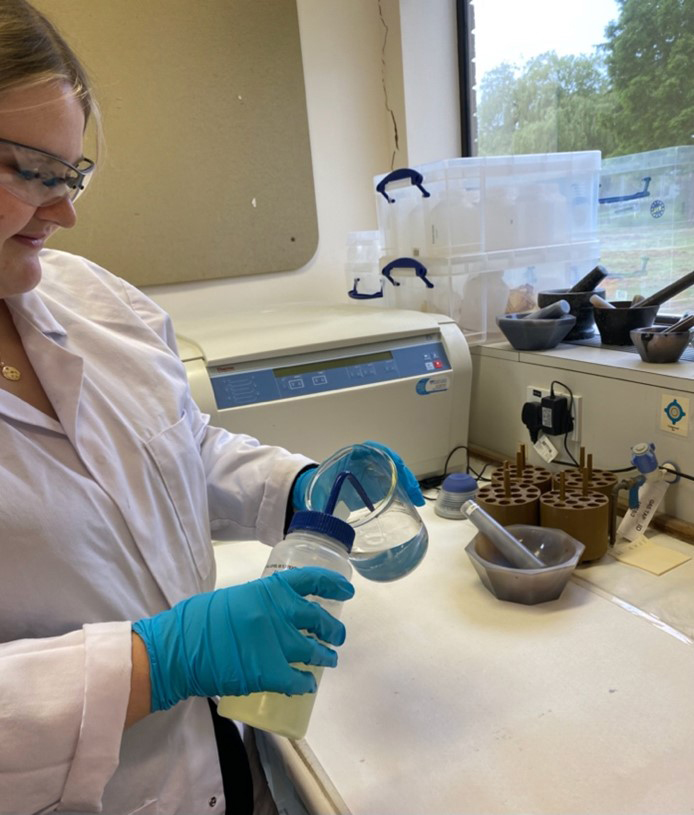
Sample preparation of inorganic samples ready for carbon isotope analysis in the BGS Stable Isotope Facility. BGS © UKRI.
The samples are analysed for a variety of stable isotopes, which can help answer a range of questions including the nature of past climates and environments at the time of deposition (lake sediments) or formation (tooth enamel). In addition to preparing samples, I was shown how carbon dioxide is extracted from the samples and analysed on a mass spectrometer. My thanks go to Jack Lacey and Chloe Walker-Trivett, who supervised my time in the labs.
As well as lab experience, I spent time understanding the sustainability initiatives of the BGS labs, namely the Laboratory Efficiency Assessment Framework (LEAF), created by University College London. The initiative aims to improve the sustainability of labs using a certification system and shared good practice. BGS currently has silver accreditation and is working towards the gold standard certification (thanks to Angela Lamb and Leah Crosby). To increase sustainability in the lab, I put together a sustainability guide that can be disseminated to staff and visitors to raise awareness.
Staff have a very hands-on approach when considering the environment of the BGS Keyworth campus and have formed a staff wilding group. The group invited me along for a lunchtime session and I helped to build a bug hotel aimed at increasing biodiversity on site. During my placement I also spent some time with the Rushcliffe Big Business Carbon Club, who were visiting BGS to discuss shared ways of improving sustainability.
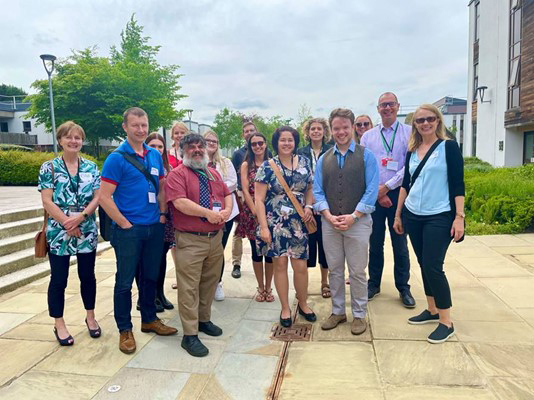
Rushcliffe Big Business Carbon Club attending a talk on sustainability and carbon reduction initiatives at BGS Keyworth. BGS © UKRI.
As my career progresses, I hope to work with organisations like BGS in future. The staff at BGS were very welcoming and it is a great place to work.
About the author
Katie Williams is a Masters student studying environmental geochemistry at the University of Plymouth, where she is currently writing her thesis on the petrographic and trace element geochemistry of the 2021 Soufrière St Vincent explosive sequence.
Relative topics
Latest blogs
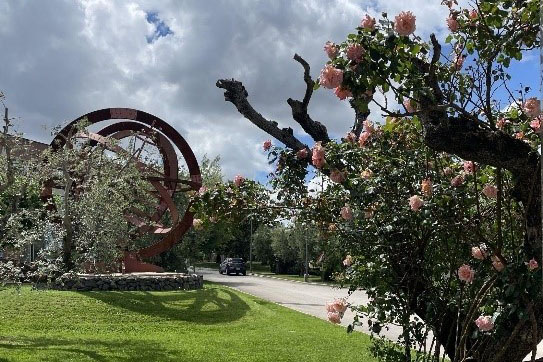
AI and Earth observation: BGS visits the European Space Agency
02/07/2025
The newest artificial intelligence for earth science: how ESA and NASA are using AI to understand our planet.
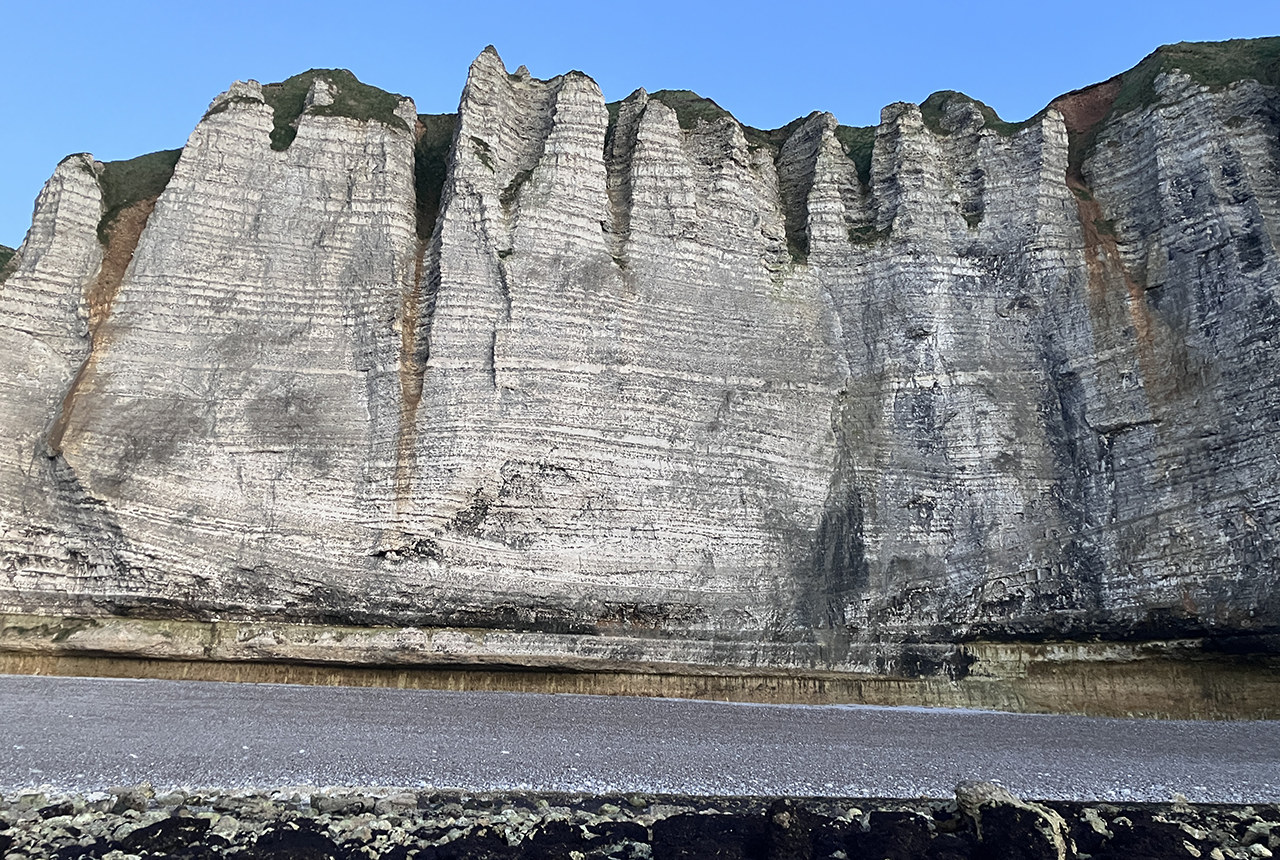
Geology sans frontières
24/04/2025
Geology doesn’t stop at international borders, so BGS is working with neighbouring geological surveys and research institutes to solve common problems with the geology they share.
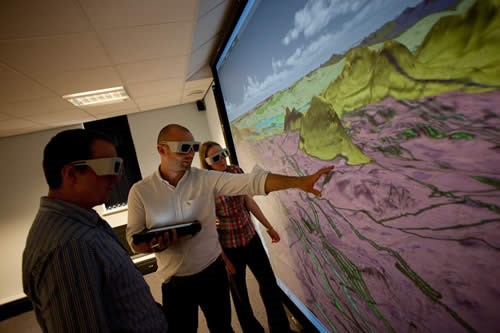
Celebrating 20 years of virtual reality innovation at BGS
08/04/2025
Twenty years after its installation, BGS Visualisation Systems lead Bruce Napier reflects on our cutting-edge virtual reality suite and looks forward to new possibilities.
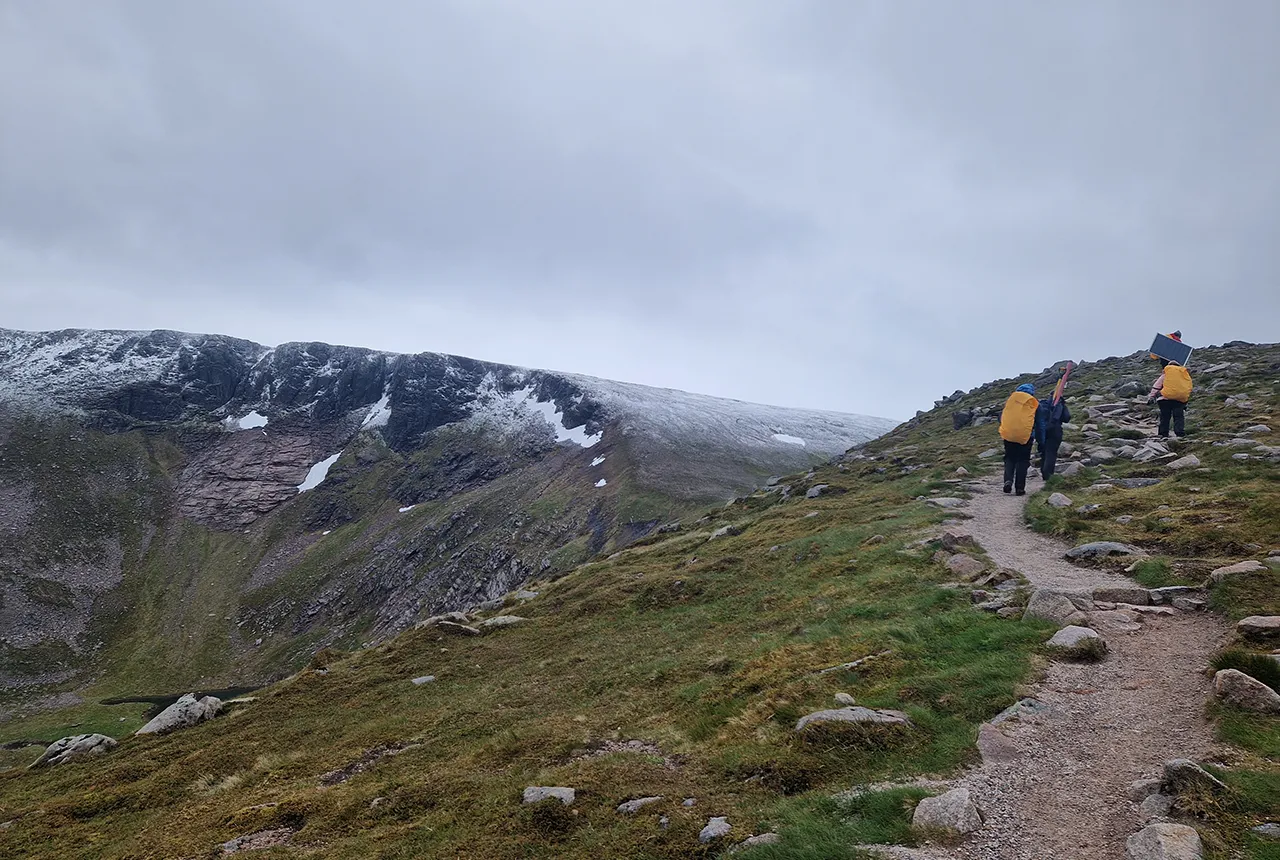
Exploring Scotland’s hidden energy potential with geology and geophysics: fieldwork in the Cairngorms
31/03/2025
BUFI student Innes Campbell discusses his research on Scotland’s radiothermal granites and how a fieldtrip with BGS helped further explore the subject.
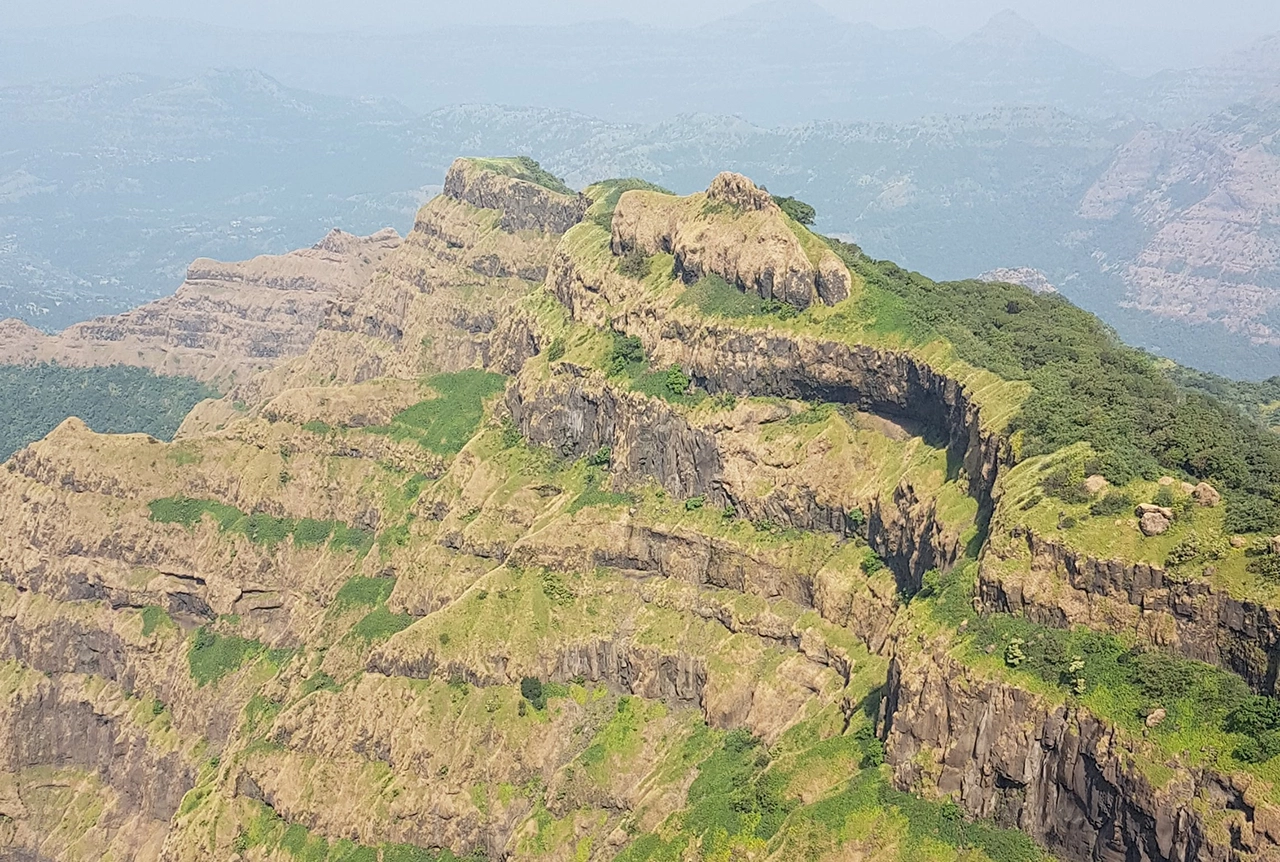
Could underground disposal of carbon dioxide help to reduce India’s emissions?
28/01/2025
BGS geologists have partnered with research institutes in India to explore the potential for carbon capture and storage, with an emphasis on storage.
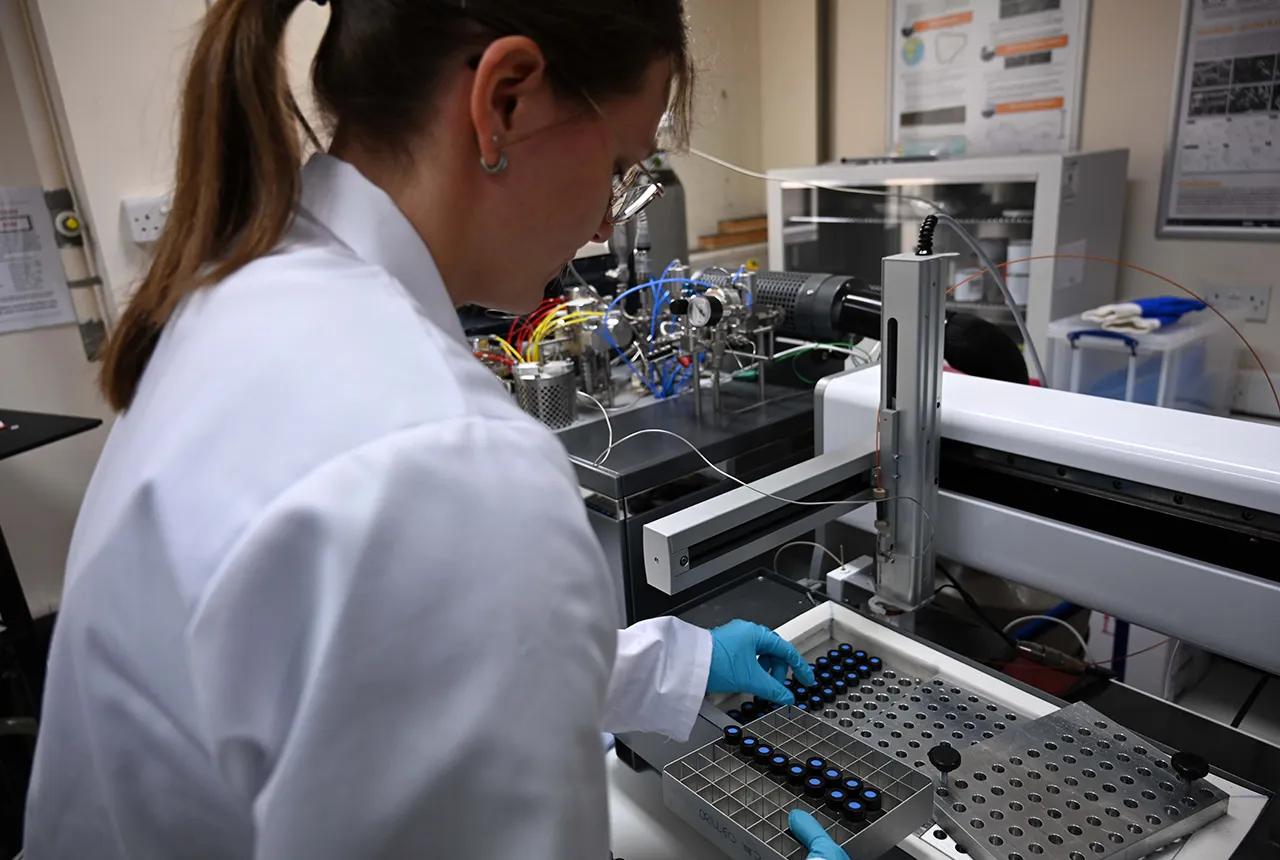
Carbon and oxygen isotope analysis of carbonates and the development of new reference materials
18/12/2024
Dr Charlotte Hipkiss and Kotryna Savickaite explore the importance of standard analysis when testing carbon and oxygen samples.
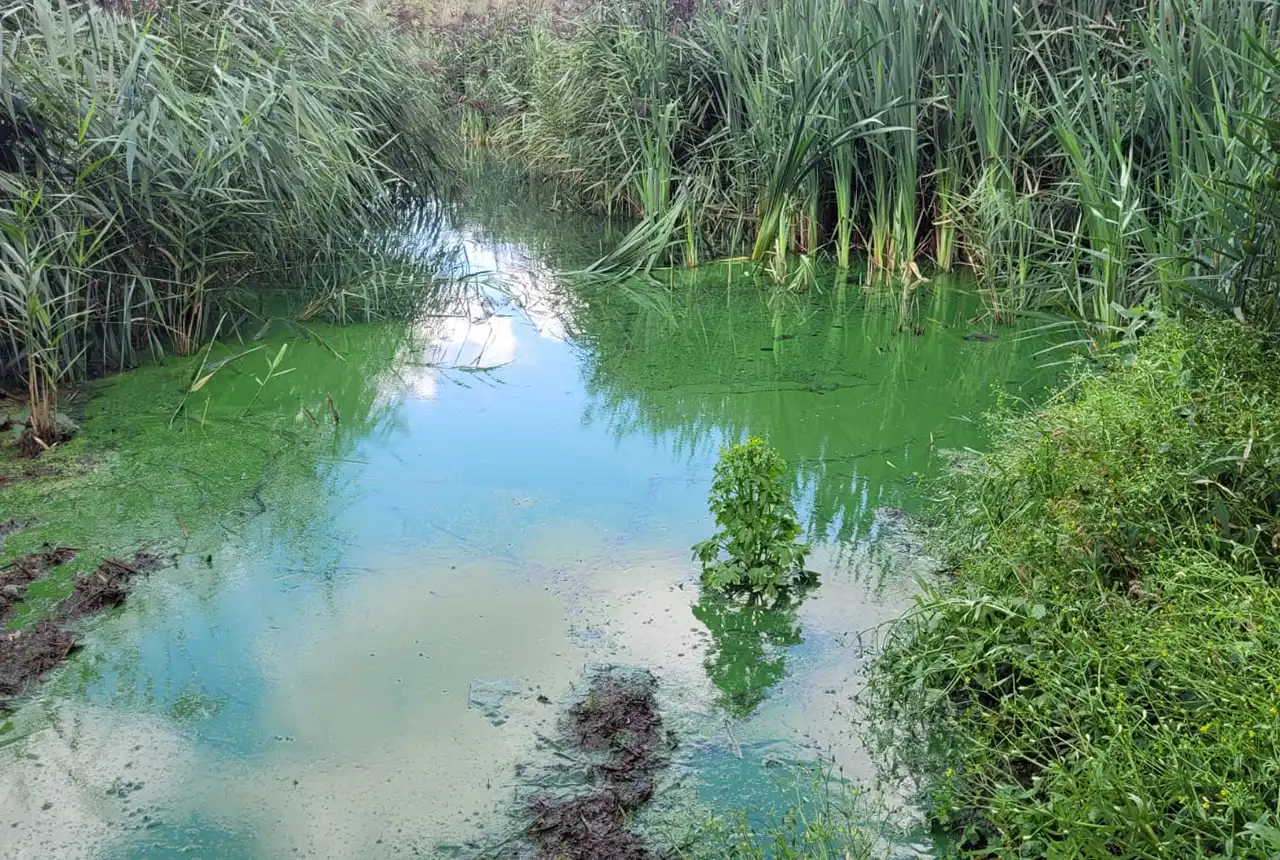
Studying oxygen isotopes in sediments from Rutland Water Nature Reserve
20/11/2024
Chris Bengt visited Rutland Water as part of a project to determine human impact and environmental change in lake sediments.
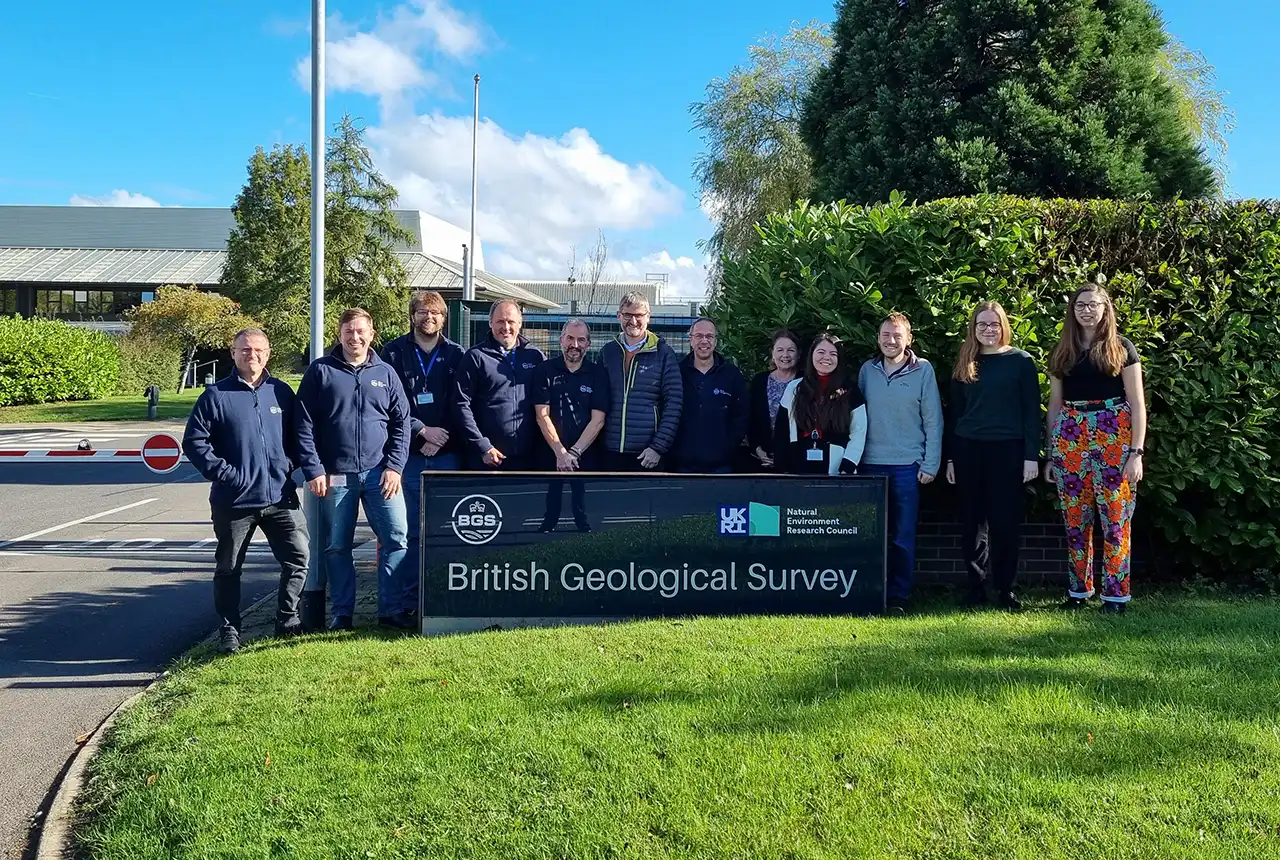
Celebrating 25 years of technical excellence at the BGS Inorganic Geochemistry Facility
08/11/2024
The ISO/IEC 17025 accreditation is evidence of technical excellence and reliability, and a mark of quality assurance.
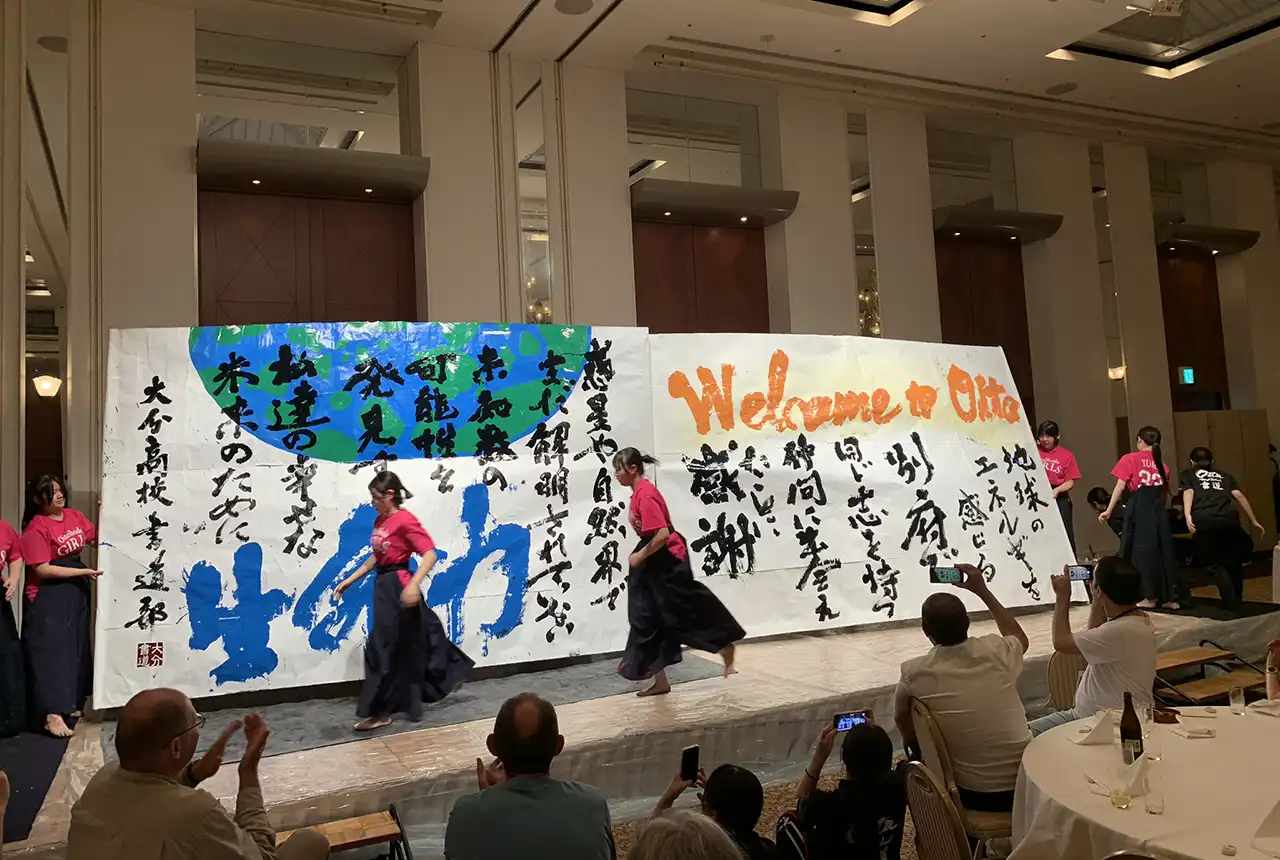
Electromagnetic geophysics in Japan: a conference experience
23/10/2024
Juliane Huebert took in the fascinating sights of Beppu, Japan, while at a geophysics conference that uses electromagnetic fields to look deep into the Earth and beyond.
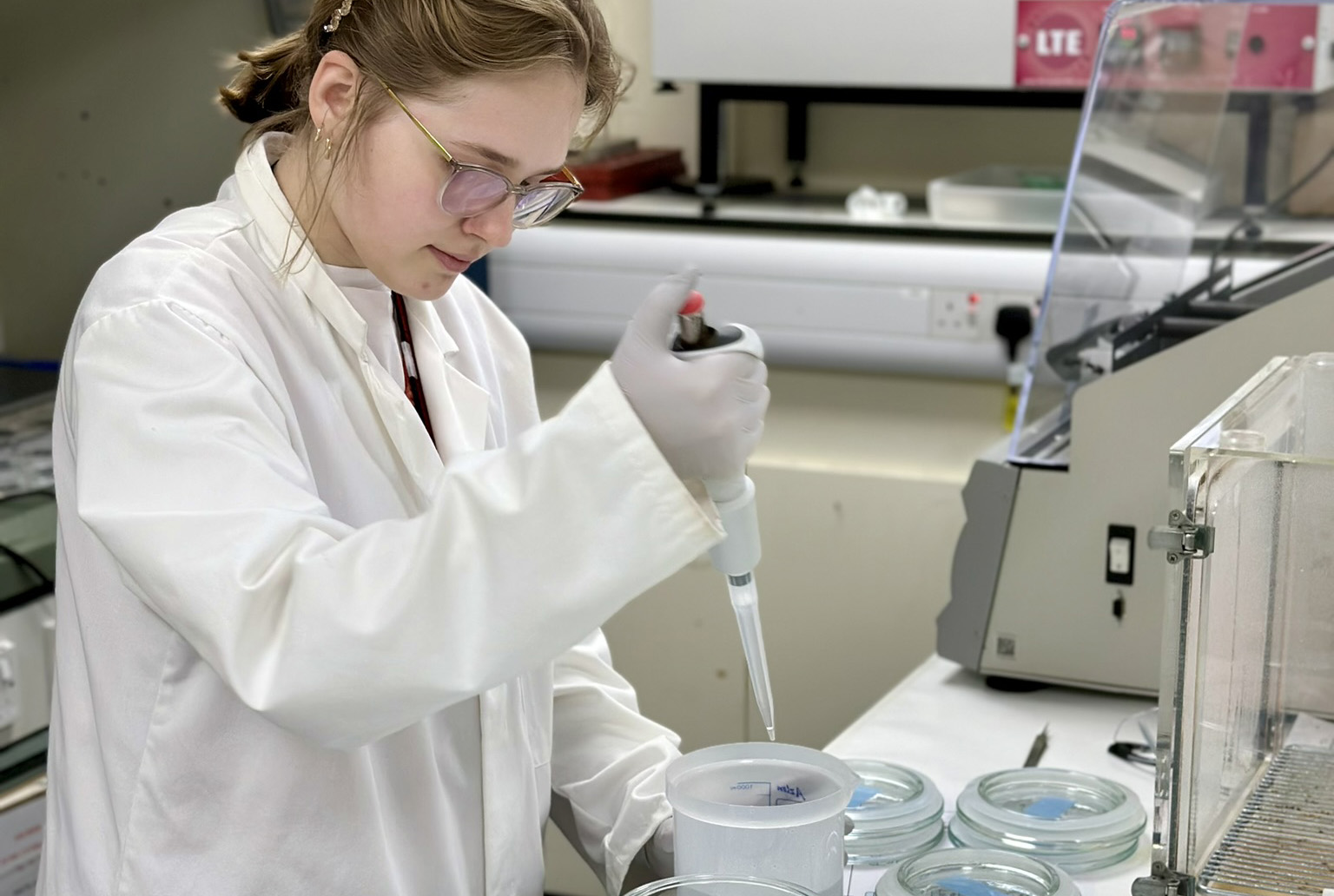
Exploring the role of stable isotope geochemistry in nuclear forensics
09/10/2024
Paulina Baranowska introduces her PhD research investigating the use of oxygen isotopes as a nuclear forensic signature.
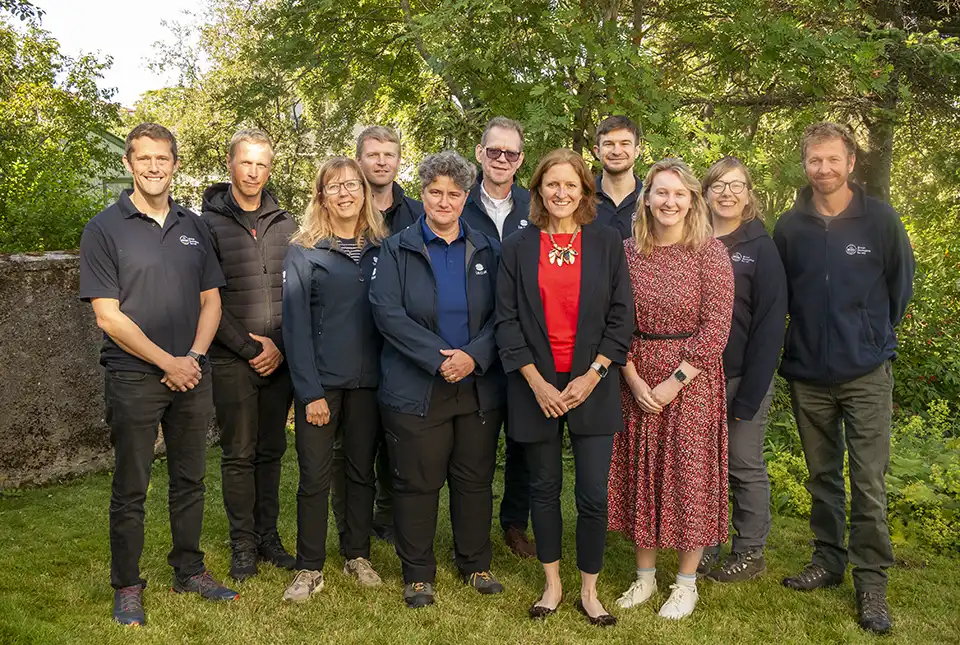
BGS collaborates with Icelandic colleagues to assess windfarm suitability
03/10/2024
Iceland’s offshore geology, geomorphology and climate present all the elements required for renewable energy resources.

Mining sand sustainably in The Gambia
17/09/2024
BGS geologists Tom Bide and Clive Mitchell travelled to The Gambia as part of our ongoing work aiming to reduce the impact of sand mining.



